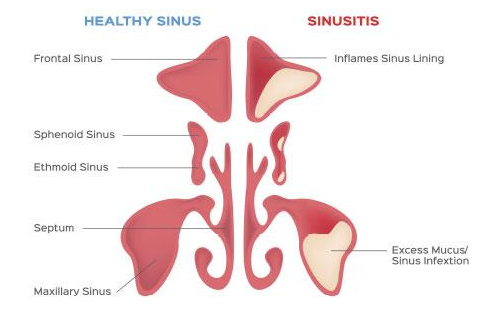How do Cochlear Implants Work?
Cochlear implants bypass damaged hair cells and convert speech and environmental sounds into electrical signals and send these signals to the hearing nerve.
The implant consists of a small electronic device, which is surgically implanted under the skin behind the ear and an external speech processor, which is usually worn on a belt or in a pocket. A microphone is also worn outside the body as a headpiece behind the ear to capture incoming sound. The speech processor translates the sound into distictive electrical signals. These 'codes' travel up a thin cable to the headpiece and are transmitted across the skin via radio waves to the implanted electrodes in the cochlea. The electrodes’ signals stimulate the auditory nerve fibers to send information to the brain where it is interpreted as meaningful sound.
Cochlear implant benefits
- Implants are designed only for individuals who attain almost no benefit from a hearing aid. They must be 12 months of age or older (unless childhood meningitis is responsible for deafness).
- Otolaryngologists (ear, nose, and throat specialists) perform implant surgery, though not all of them do this procedure. Your local doctor can refer you to an implant clinic for an evaluation. The evaluation will be done by an implant team (an otolaryngologist, audiologist, nurse, and others) that will give you a series of tests:
- Ear (otologic) evaluation - The otolaryngologist examines the middle and inner ear to ensure that no active infection or other abnormality precludes the implant surgery.
- Hearing (audiologic) evaluation - The audiologist performs an extensive hearing test to find out how much you can hear with and without a hearing aid.
- X-ray (radiographic) evaluation - Special X-rays are taken, usually computerized tomography (CT) or magnetic resonance imaging (MRI) scans, to evaluate your inner ear bone.
- Psychological evaluation - Some patients may need a psychological evaluation to learn if they can cope with the implant.
- Physical examination - Your otolaryngologist also gives a physical examination to identify any potential problems with the general anesthesia needed for the implant procedure.




Comments
Post a Comment